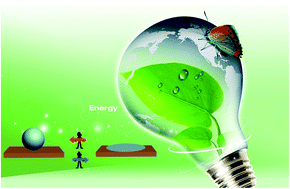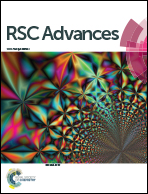Inspired smart materials with external stimuli responsive wettability: a review
Abstract
Surfaces equipped with controllable wetting behaviours have received extraordinary attention recently due to their great importance in both fundamental research and practical applications. Through introducing stimuli-sensitive materials whose chemical compositions and/or topological structures can be controlled by external stimuli, different types of smart responsive surfaces that switch reversibly between superhydrophobicity and superhydrophilicity can be effectively fabricated, even though these are two fundamentally opposite wetting states. In this paper, we summarized the most frequently employed methods for the fabrication of surfaces with switchable wettability, focussing on smart materials and recent developments in this field. According to their responsiveness to different external stimuli, smart materials are divided into several groups, including photo-responsive materials, thermally responsive materials, pH-responsive materials, and electricity-responsive materials. Additionally, potential applications of smart materials, such as oil–water separation, biosensors, drug delivery and smart windows are also mentioned. Finally, current challenges for both intelligent surfaces and smart responsive materials and the future prospects for this research field are also mentioned. The purpose of this review is to give a brief and crucial overview of smart surfaces with wettability that is responsive to external stimuli.


 Please wait while we load your content...
Please wait while we load your content...